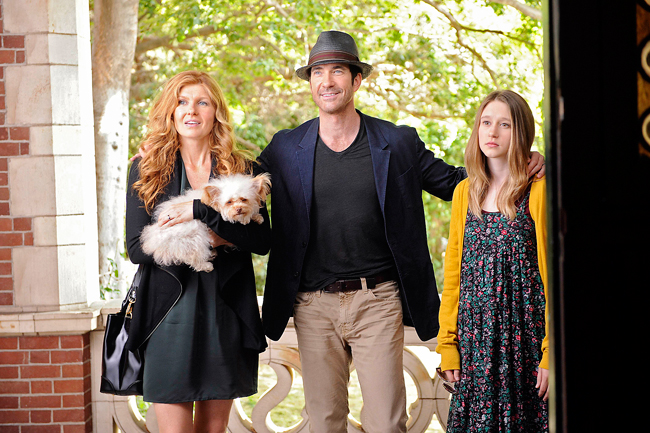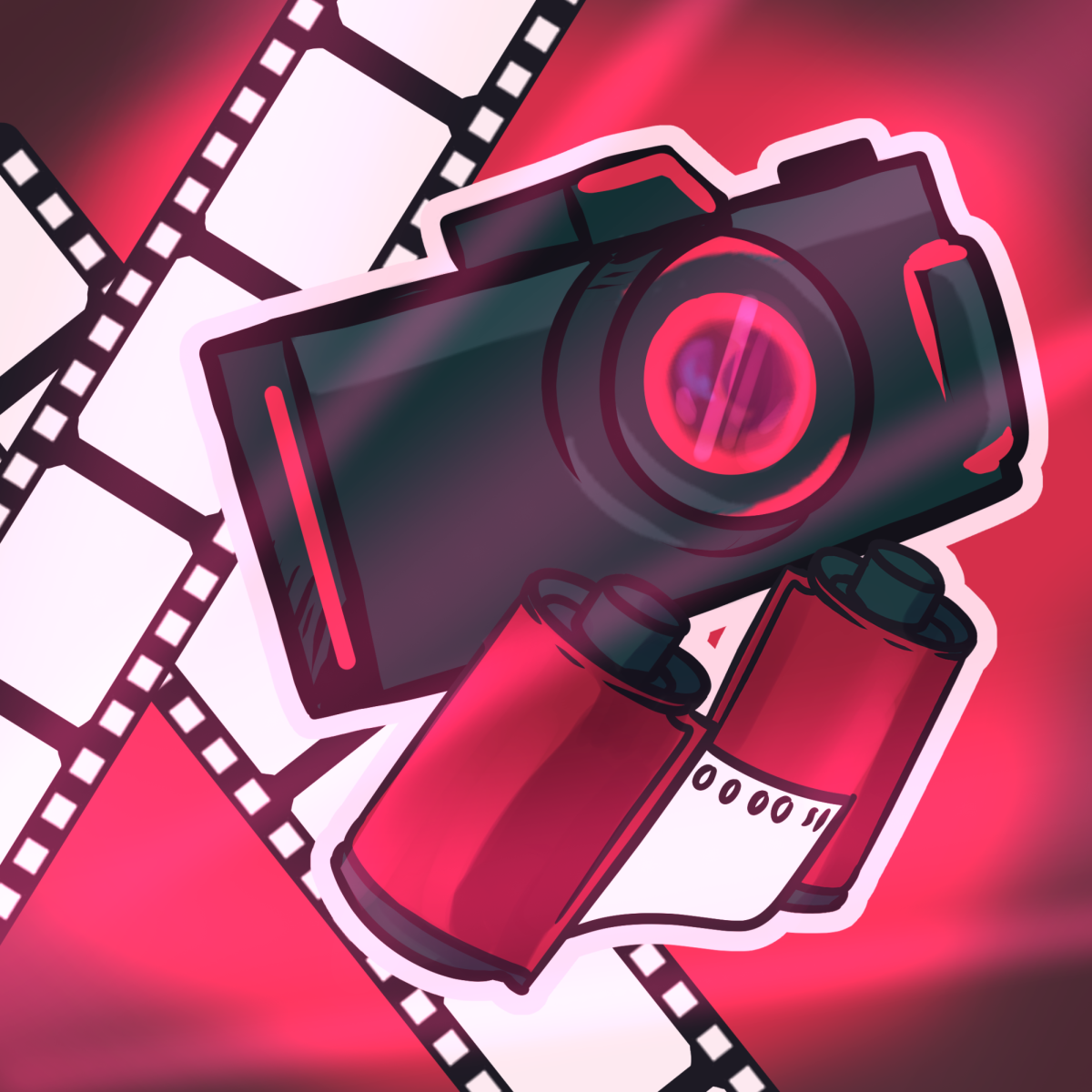TV showrunners Ryan Murphy and Brad Falchuk’s creations are often controversial and divisive. Last year’s “American Horror Story” was no different. The showrunners are not known for their subtlety or their restraint, and just like the duo’s previous projects “Nip/Tuck” and “Glee,” “American Horror Story” is a Frankensteinian hodgepodge of various tropes, themes, plot lines and homages, with little regard for pacing, artistic discernment or comprehensibility. Despite this, it was still one of the most entertaining new shows of the fall season when it premiered last year.
Unlike its predecessors, however, it seems like “American Horror Story” will soon be challenging the current status quo for the format of American serialized TV dramas. Last month, Murphy announced that the second season of “American Horror Story” would be leaving its original characters and setting of the Harmon family and their murderous Los Angeles home behind, starting all over with a new cast, a new “horror” and an entirely new story: a complete reboot, with only the theme of American horror to unite them. A few actors from season one may return, but as different characters, Murphy said. Even the title sequence will be different.
Although Ryan Murphy and company tend to get a lot of grief from television critics, this move should be applauded. Even if the anthology model turns out to be a disaster, no one will be able to say that “American Horror Story” went with the predicable option. On the contrary, this is a surprisingly risky move for Murphy and FX to make in a medium like television, which rests so tenuously on viewer numbers and loyalty for success. By shedding the premise that made “American Horror Story” resonate so strongly in the first place, it also risks losing the viewers still attached to those original characters.
Typically with successful American series, studios will continue churning out season after season of a show until it completely runs out of the creative steam that made it so culturally and financially successful in the first place. “The Office” and “Buffy the Vampire Slayer” spring to mind. But if executed correctly, “American Horror Story” could potentially do away with this limitation, delivering a fresh story, tone, aesthetic and chemistry between the casts from season to season.
This concept of a television anthology series, in which each season explores an entirely different story from the last, is remarkably innovative in the context of the current American TV landscape. No other show has ever attempted a reboot with this level of totality. It will be exciting to see what kind of gory insanity the “AHS” crew will serve up for us next, as well as a little nerve-racking. Will these showrunners, notorious for starting with strong, story-heavy first seasons that devolve into complete chaos, be able to pull off such a promising, largely unprecedented concept?
The “American Horror Story” creators have yet to give any substantial information on what kind of macabre premise season two will have, but Murphy stated that he suspects word about the new cast will appear around February. In the meantime, Murphy hinted that a clue to next season’s premise lies in “Afterbirth,” the season one finale. Dedicated fans may wait with nervous anticipations to see what fresh hell “American Horror Story” will serve up next fall, but for now all we can do is comb that finale in the vain hope that we can figure it out first.
Printed on Thursday, January 19, 2012 as: Revamped 'Horror Story' leaves original characters behind




















